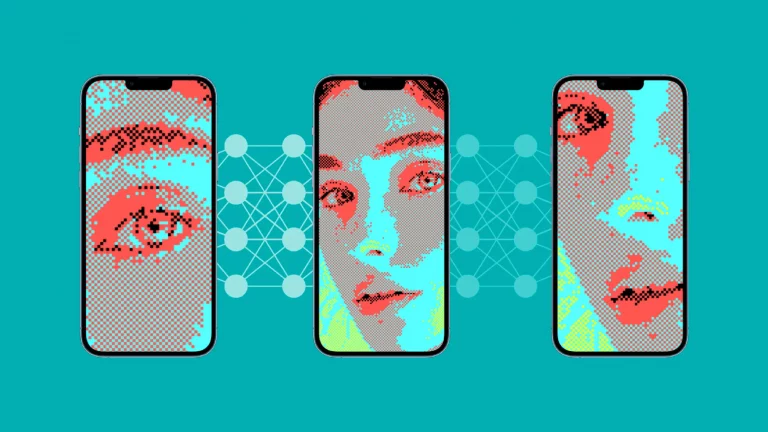The intimacy of autonomous vehicles

Matt Yurdana of Intel’s IoT Experiences Group discusses Intel’s insight on passenger experience in the age of autonomous transportation.
The intimate nature of autonomous vehicles will most likely lead to a significant rethinking of vehicle interiors, he writes, in particular when it comes to designing how people will share these close spaces with each other.
Intel has identified three general challenges that seem particularly important for designers to tackle first:
- Being together & being apart. From one ride to the next, we see an ever-shifting need to be social or private. Some people will want to sit side-by-side, others across from each other, still others will want to sit in a small circle to share or socialize—all while other passengers may want their own more private, personal spaces. All of this means that seating will have to become much more changeable, flexible, and adaptable. How might seats be combined or separated? Can they be brought out or stowed away, to create more or less space? In what ways could seats be reconfigured into individual or shared seating?
- New ways to create privacy. In such intimate spaces, the pressure to have some sort of social interaction with other passengers, even a brief hello, may be substantial. In some contexts, passengers will want to engage, but in others they may want to keep to themselves. Currently, people use headphones or stay heads-down in a book to signal that they are “unavailable” for conversation, but physical aspects of the interior might also be designed to help create discrete spaces. How might partitioning be incorporated into the environment? Could lighting be used to signal a need for privacy? What interior layouts will let passengers use their mobile devices without someone looking over their shoulder?
- The ebb and flow of our devices. If one of the main value propositions for autonomous vehicles is to free up driving time for other activities, then passengers will likely use their mobile devices for chatting, texting, watching content, or being productive. This means that vehicle interiors must account for the various needs we have with our mobile devices. What physical areas (device “cup holders”?) will enable us to charge, view, and use our devices hands-free? How will the space accommodate the bags, cases, power cords, stands, headphones, and other peripherals we bring with our devices? And how will the space make it easy for us to remember our devices, so we don’t leave them behind at the end of a trip?



